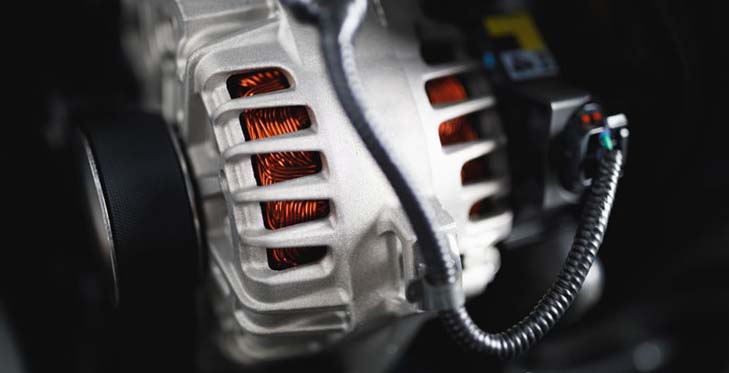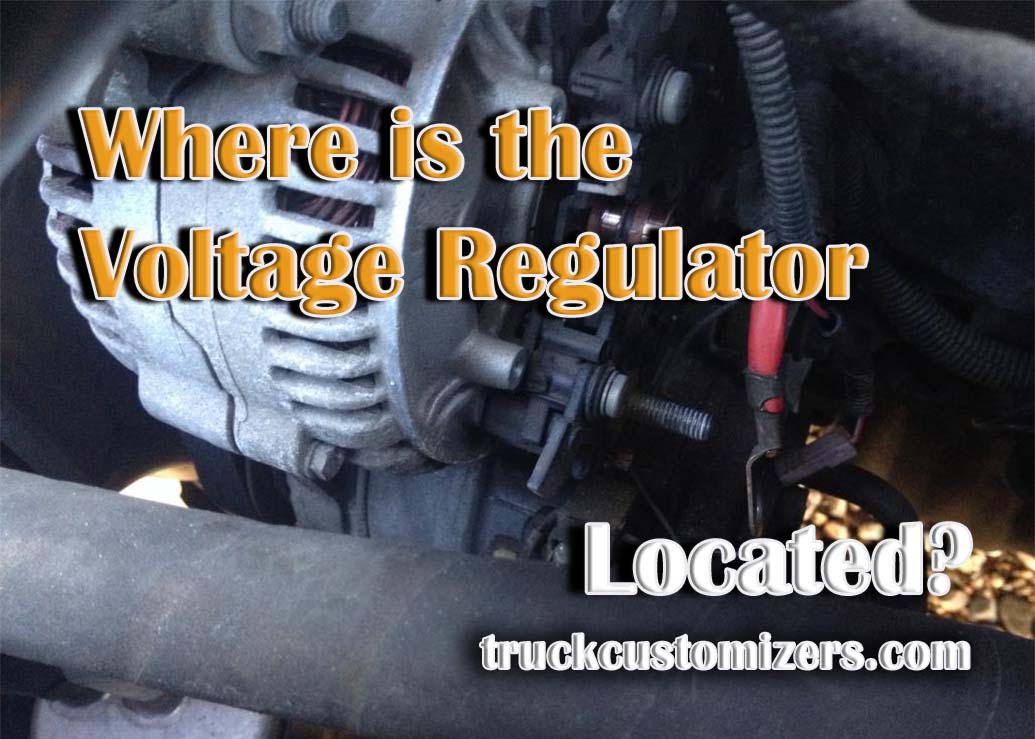Vehicles require a voltage regulator to control the amount of electricity that is supplied to the ignition and other components in the vehicle. The voltage regulator helps ensure that your vehicle runs efficiently and safely. Knowing where your vehicle’s voltage regulator is located can be useful when trying to diagnose or replace it. In this article, we will discuss the basics of a voltage regulator, common locations for them in vehicles, and how to replace one if necessary.
The Basics of a Voltage Regulator
A voltage regulator is an electrical component used to regulate the flow of current in a circuit or system by controlling its output voltage. Voltage regulators are used in automotive applications such as alternators and starter motors, as well as many other applications where precise control of voltage levels is necessary for safe operation. A typical automotive voltage regulator contains three main parts: an input circuit, an output circuit, and a driver transistor or thyristor (also called a triac). The input circuit monitors the level of current entering the system while the output circuit regulates it by controlling how much current leaves it. The driver transistor (or triac) acts like a switch which controls when current can leave or enter the system depending on whether the input voltage is higher or lower than the output voltage.

Common Locations for Vehicle Voltage Regulators
The location of your vehicle’s voltage regulator can vary depending on the make and model of your vehicle, but there are some common locations that they can be found in. Many vehicles have their voltage regulators in the engine compartment, typically near the alternator or starter motor. If you cannot find it in this area, it may be located inside a fuse box or under a dashboard panel in some cases.
How to Replace a Vehicle Voltage Regulator
Replacing a vehicle voltage regulator is not difficult, but it is important to take all necessary safety precautions when working on an electrical system such as disconnecting the battery before proceeding with any work. Once you have located and identified your vehicle’s voltage regulator, you can begin by removing any wires or brackets that are attached to it before carefully removing it from its current position and replacing it with the new one that came with your replacement kit (if applicable). Once installed, you will need to reattach all of the wires and brackets that were removed earlier before testing to see if everything is working properly.
Conclusion
Knowing where your vehicle’s voltage regulator is located can be helpful when diagnosing or replacing it. These components are typically found in the engine compartment near the alternator or starter motor, but can also be located inside a fuse box or under a dashboard panel in some cases. Replacing a vehicle voltage regulator requires you to take all necessary safety precautions and follow the instructions that come with your replacement kit. With proper care and maintenance, you can ensure that your vehicle’s voltage regulator is working properly and keep your car running safely and efficiently.



